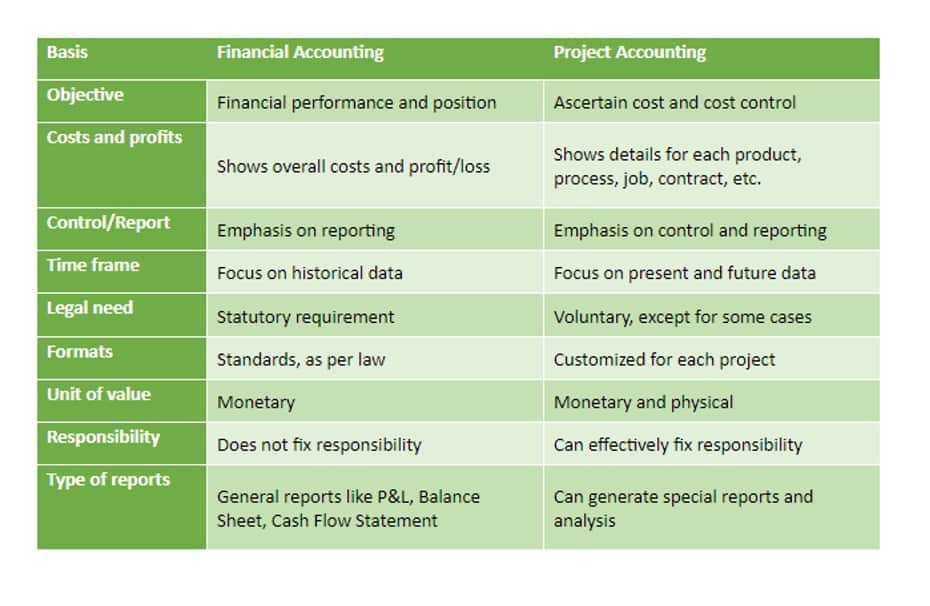What Is the FIFO Method? A Complete Guide to First-In, First-Out Inventory

To better understand the FIFO inventory method, imagine a gumball machine. The gumballs at the bottom of the machine were likely the first ones added. When you insert a coin and Certified Public Accountant turn the knob, those gumballs at the bottom, which went in first, will be the ones that come out first.

Reduces inventory costs, waste, and spoilage
This reduces the risk of having to dispose of outdated products and minimizes inventory spoilage. This is essential for businesses that sell products with expiration dates, such as food and beverages. By selling the oldest items first, businesses can ensure that their customers are receiving fresh and usable products.
- It is simple—the products or assets that were produced or acquired first are sold or used first.
- In the FIFO Method, the value of ending inventory is based on the cost of the most recent purchases.
- This has resulted in a lower inventory cost and a higher profit margin for your business.
- Specific inventory tracing is an inventory valuation method that tracks the value of every individual piece of inventory.
What is FIFO? First In, First Out Method Explained

Find the best trucking accounting software for your business with our comparison guide. Read about features, pricing, and more to make the best decision for your company. Bench simplifies your small business accounting by combining intuitive software that automates the busywork with real, professional human support.
- The other 10 units that are sold have a cost of $15 each and the remaining 90 units in inventory are valued at $15 each or the most recent price paid.
- LIFO, or Last In, First Out, is an inventory value method that assumes that the goods bought most recently are the first to be sold.
- No, because there are other inventory cost flow assumptions that might be a better fit for some businesses.
- Seamless integration between inventory management and accounting systems ensures FIFO calculations are correctly reflected in financial reports.
- By ensuring that the first inventory sold comes from the oldest items in stock, businesses can avoid having to sell newer and more expensive items at the same price as older, cheaper items.
- It’s also the most accurate method of aligning the expected cost flow with the actual flow of goods.
Single Item Picking
The First In, First Out FIFO method is a standard accounting practice that assumes that assets are sold in the same order they’re bought. All companies are required to use the FIFO method to account for inventory in some jurisdictions but FIFO is a popular standard due to its ease and transparency even where it isn’t mandated. Every time a sale or purchase occurs, they are recorded in their respective ledger accounts. However, as we shall see in following sections, inventory is accounted for separately from purchases and sales through a single adjustment at the year end.


By ensuring that the oldest products are sold first, FIFO allows businesses to make quick adjustments to their inventory levels in order to meet customer demand. However, FIFO can be used in any industry where product demand or prices may fluctuate. By ensuring that the older inventory is sold first, FIFO helps to avoid having too many products sitting in inventory that could eventually become obsolete or decrease in value. There are also other benefits of using FIFO which we’ll discuss in this article. Eric is an accounting and bookkeeping expert for Fit how to calculate fifo Small Business. He has a CPA license in the Philippines and a BS in Accountancy graduate at Silliman University.
- The FIFO method can also be used to help businesses accurately calculate their income taxes.
- While FIFO refers to first in, first out, LIFO stands for last in, first out.
- The use of FIFO method is very common to compute cost of goods sold and the ending balance of inventory under both perpetual and periodic inventory systems.
- FIFO assumes that assets with the oldest costs are included in the income statement’s Cost of Goods Sold (COGS).
- Here’s a summary of the purchases and sales from the first example, which we will use to calculate the ending inventory value using the FIFO periodic system.
Do you have a choice when it comes to using the FIFO inventory valuation method?

Spreadsheets and accounting software are limited in functionality and result in wasted administrative time when tracking and managing your inventory costs. Often compared, FIFO and LIFO (last in, first out) are inventory accounting methods that work in opposite ways. Where the FIFO method assumes that goods coming through the business first are sold first, LIFO assumes that newer goods are sold before older goods. In inventory management, FIFO helps to reduce the risk of carrying expired or otherwise unsellable stock. In accounting, it can be used to calculate your cost of goods sold (COGS) and tax obligations.
Average Cost Method of Inventory Valuation
- But it requires tracking every cost that goes into each individual piece of inventory.
- LIFO (“Last-In, First-Out”) means that the cost of a company’s most recent inventory is used instead.
- Theoretically, the cost of inventory sold could be determined in two ways.
- You can use our online FIFO calculator and play with the number of products you sold to determine your COGS.
- The problem with this method is the need to measure value of sales every time a sale takes place (e.g. using FIFO, LIFO or AVCO methods).
- Being fluent with your financial statements allows you to see where your money is going, where it’s coming from and how much you have to work with.
- FIFO is an inventory valuation method that stands for First In, First Out, where goods acquired or produced first are assumed to be sold first.
Yes, FIFO is still a common inventory accounting method for many businesses. It’s required for certain jurisdictions, while others have the option to use FIFO or LIFO. This method dictates that the last item purchased or acquired is the first item out.
FIFO assumes that assets with the oldest costs are included in the income statement’s Cost of Goods Sold (COGS). The remaining inventory assets are matched to assets that were most recently purchased or produced. FIFO means “First In, First Out.” It’s an asset management and valuation method in which older inventory is moved out before https://www.bookstime.com/ new inventory comes in. The average cost method is the simplest as it assigns the same cost to each item. The average cost is found by dividing the total cost of inventory by the total count of inventory. Under the moving average method, COGS and ending inventory value are calculated using the average inventory value per unit, taking all unit amounts and their prices into account.

